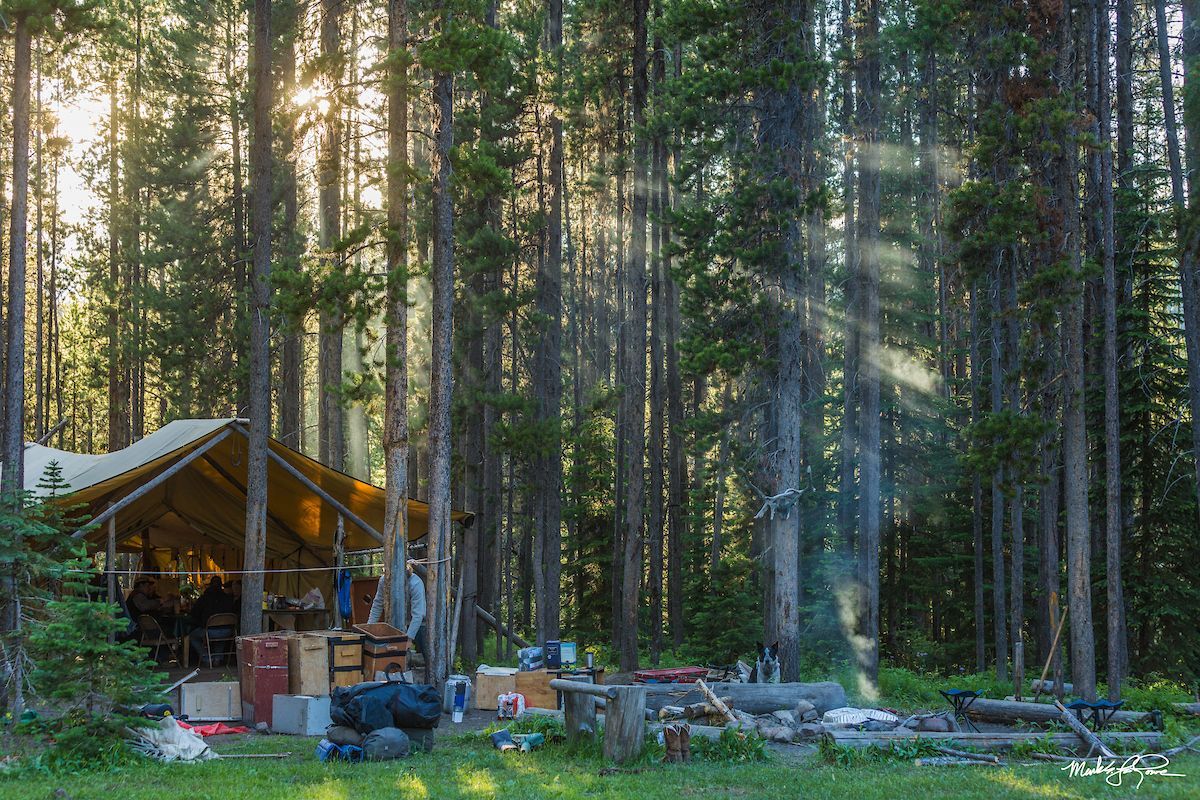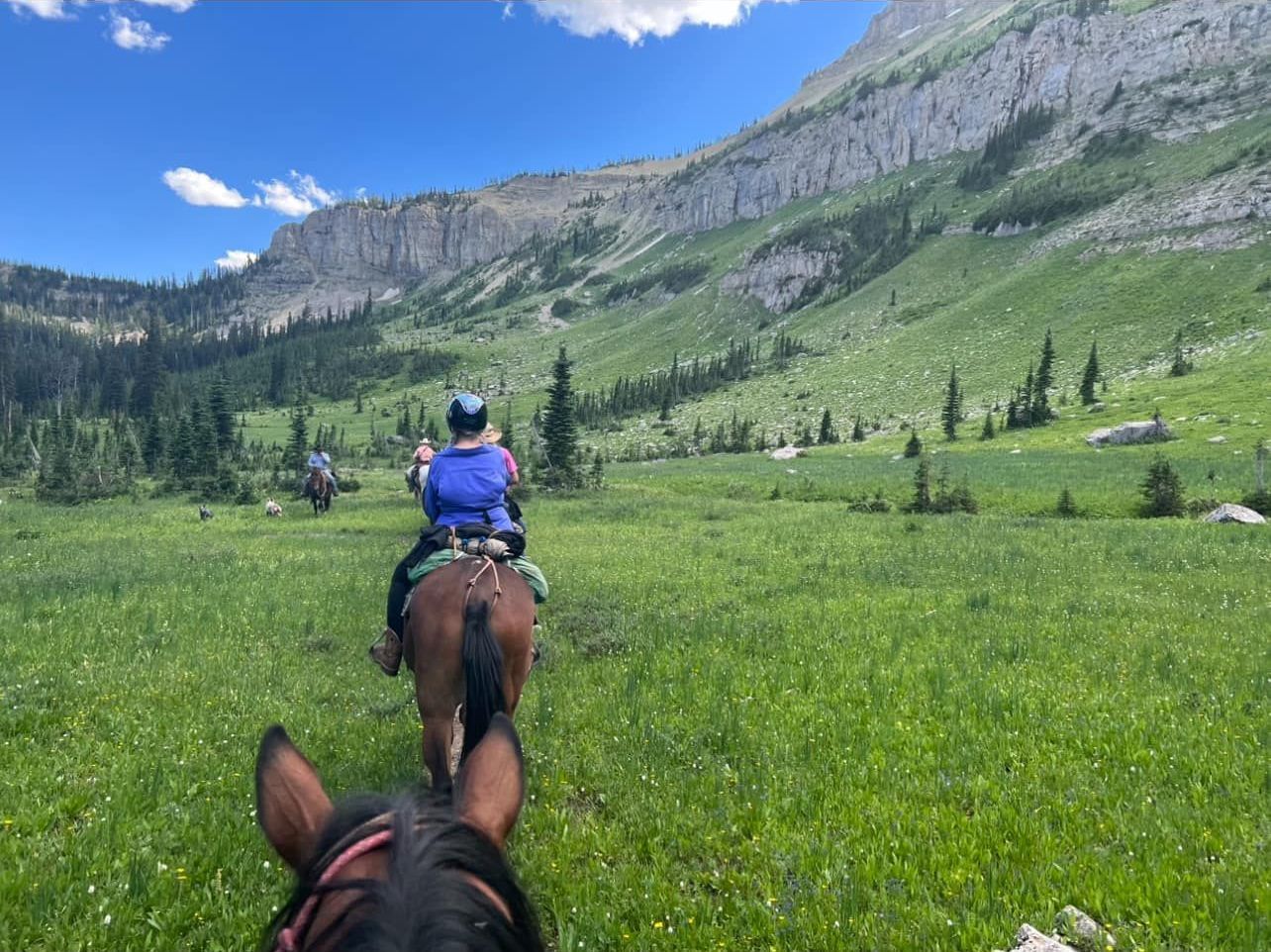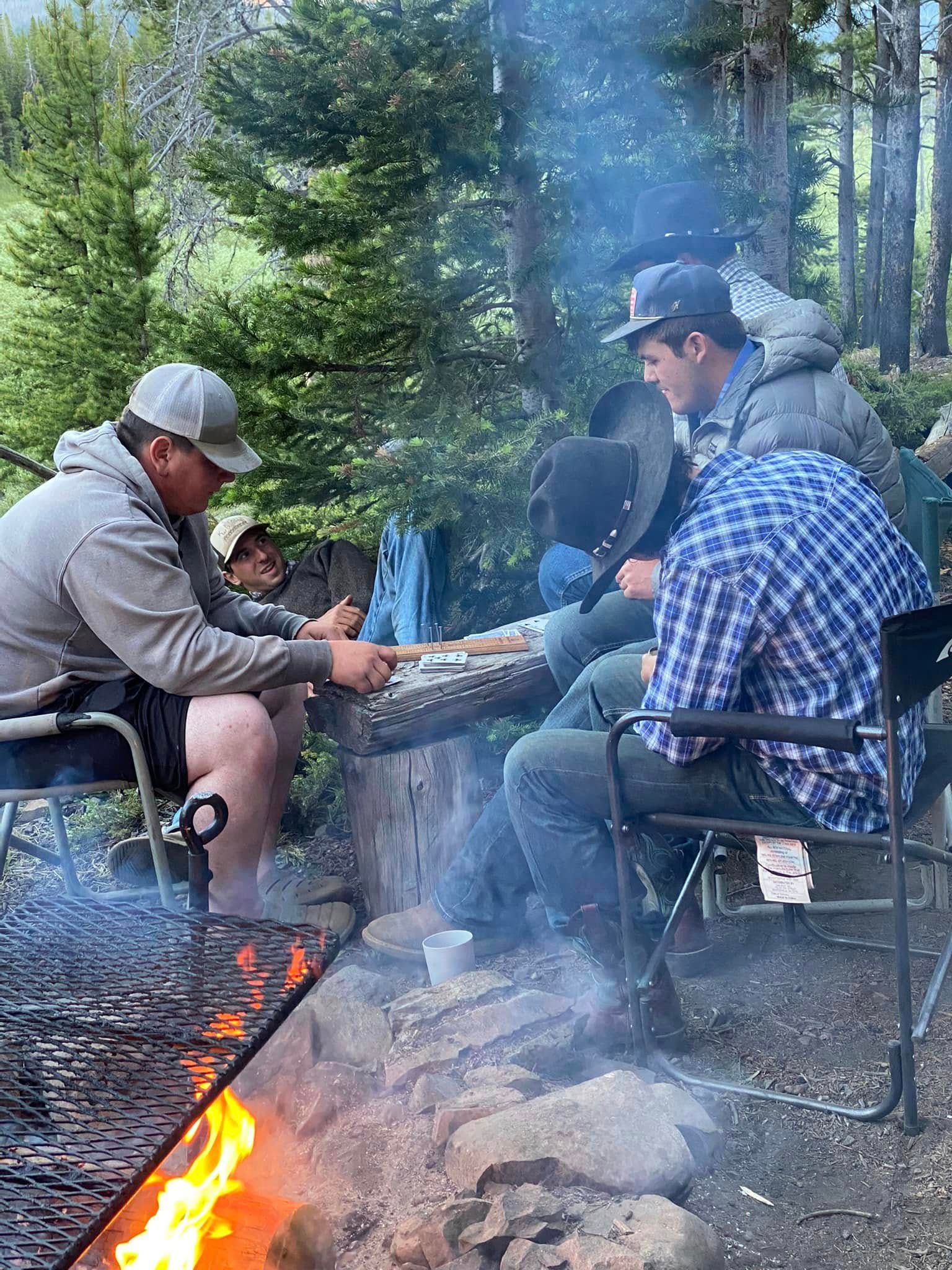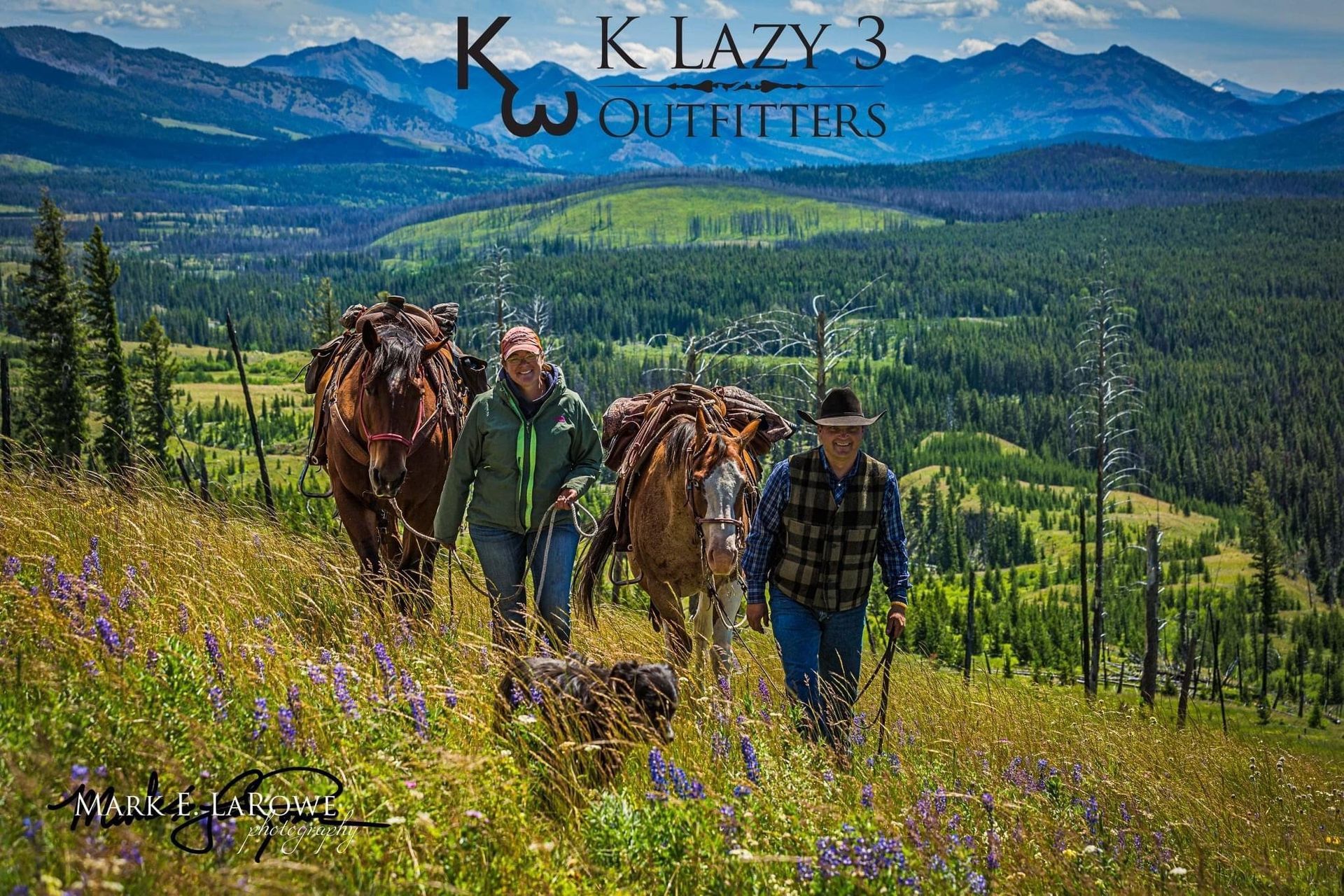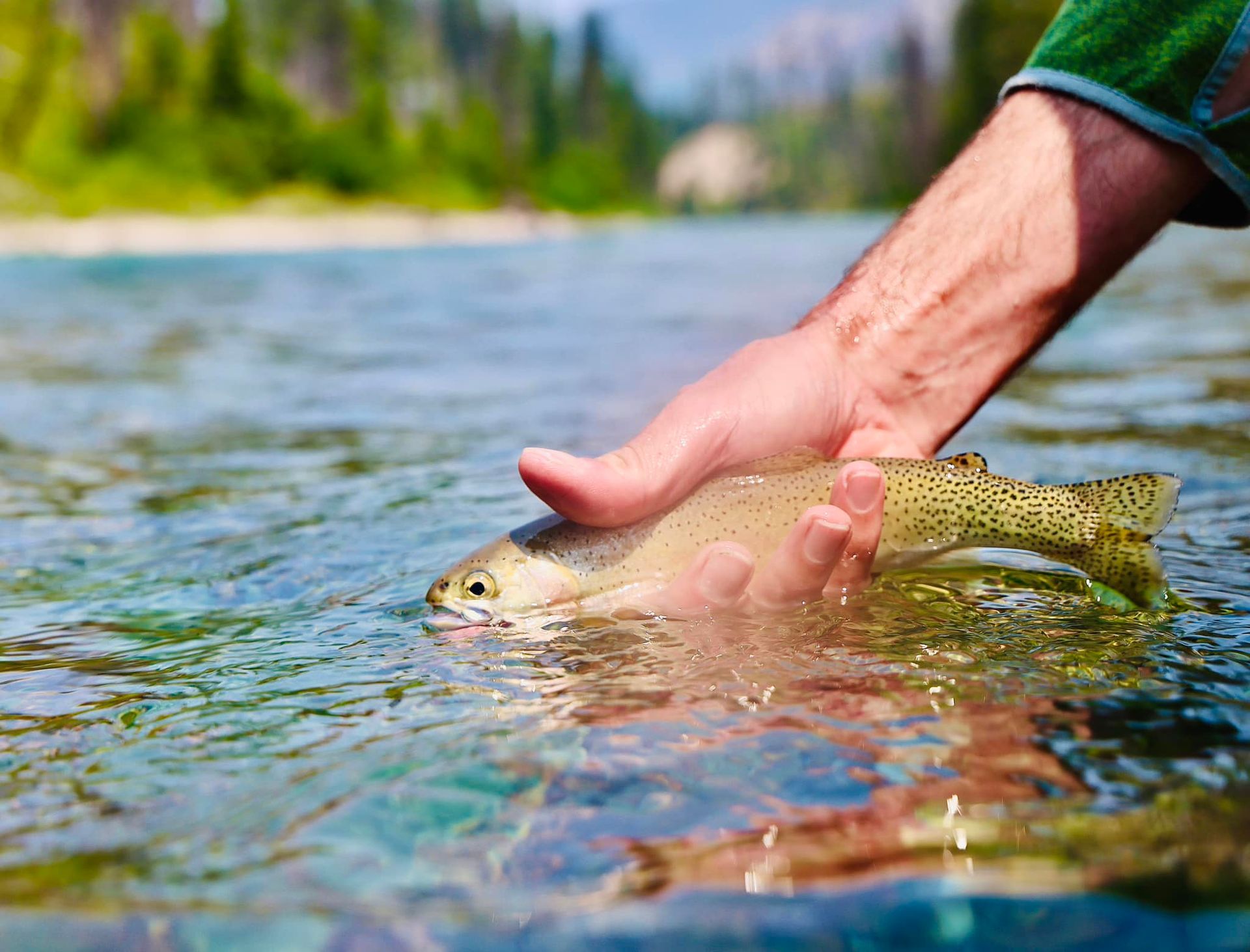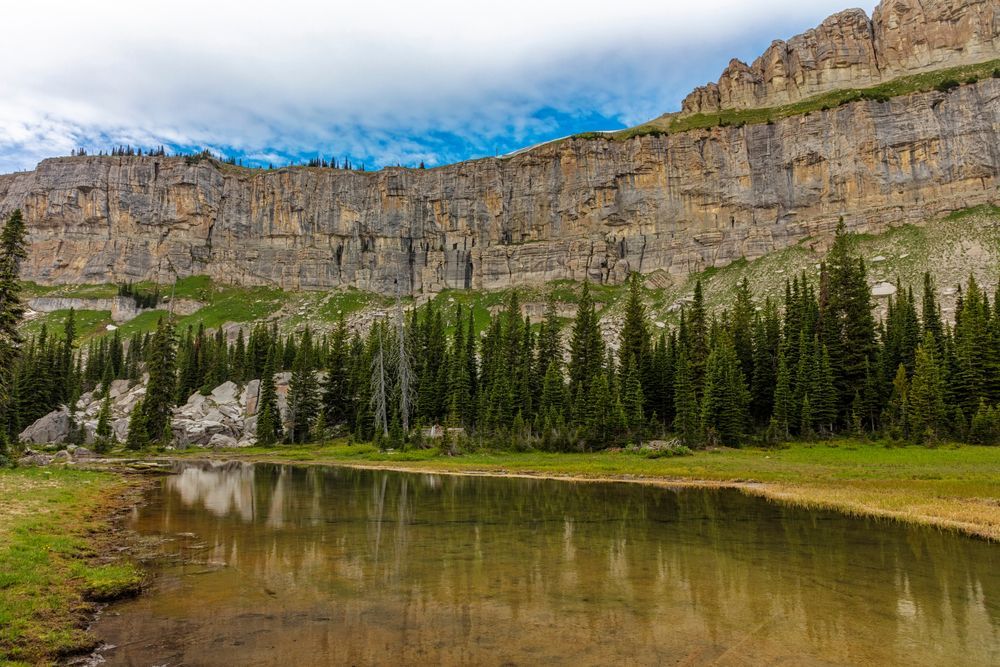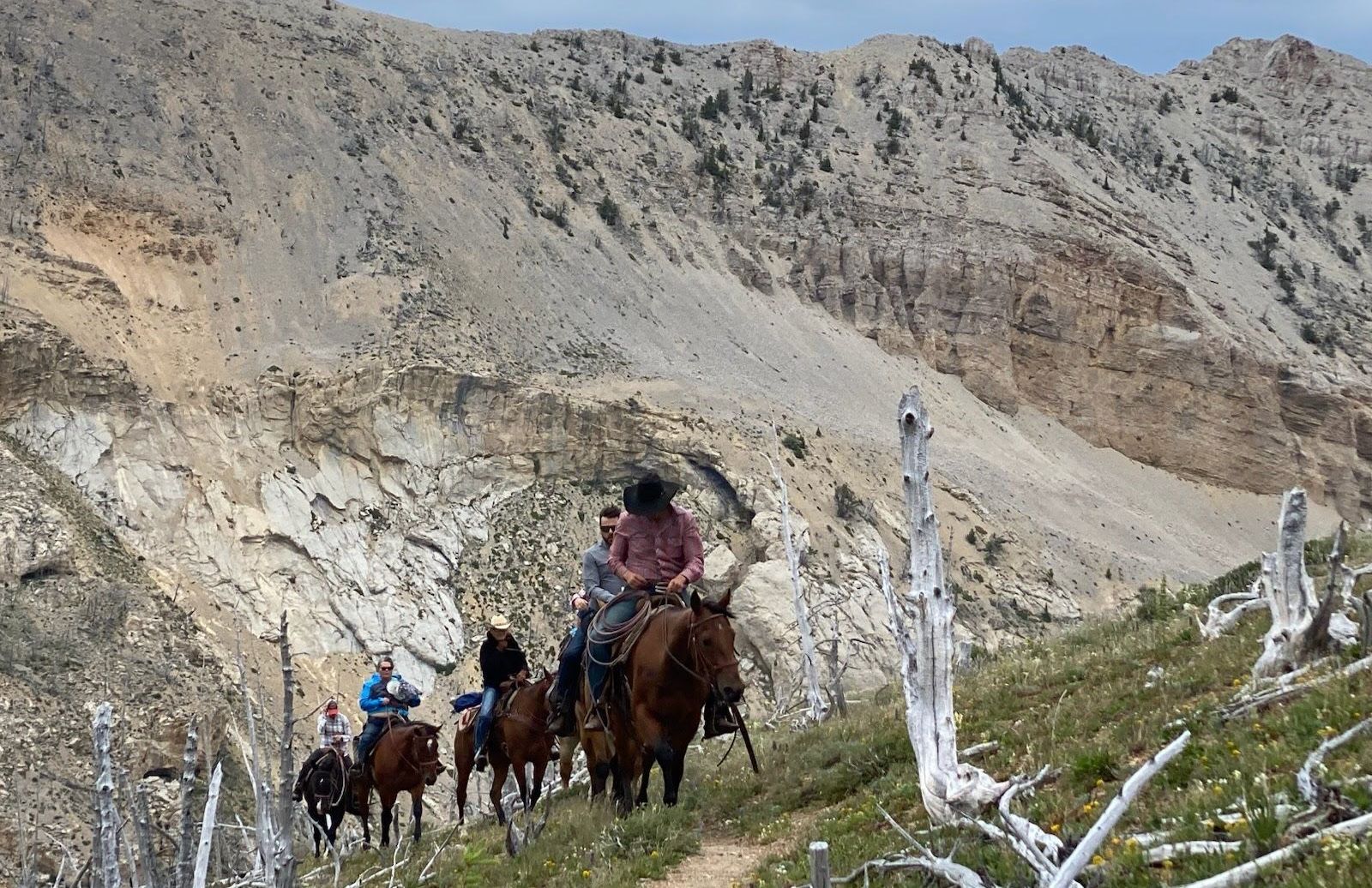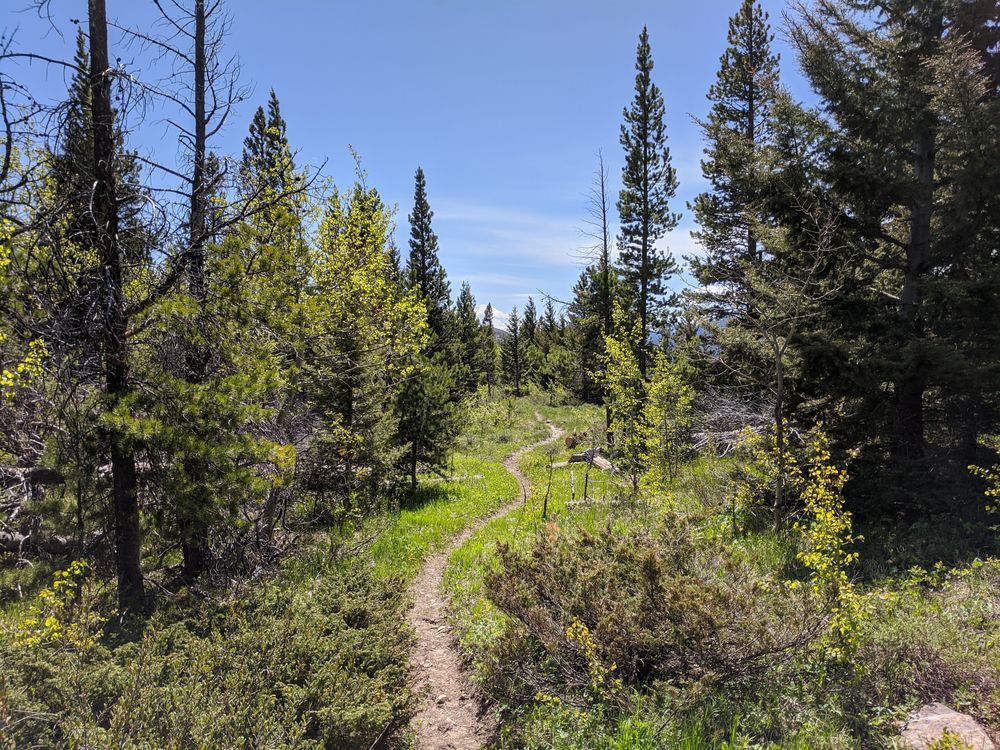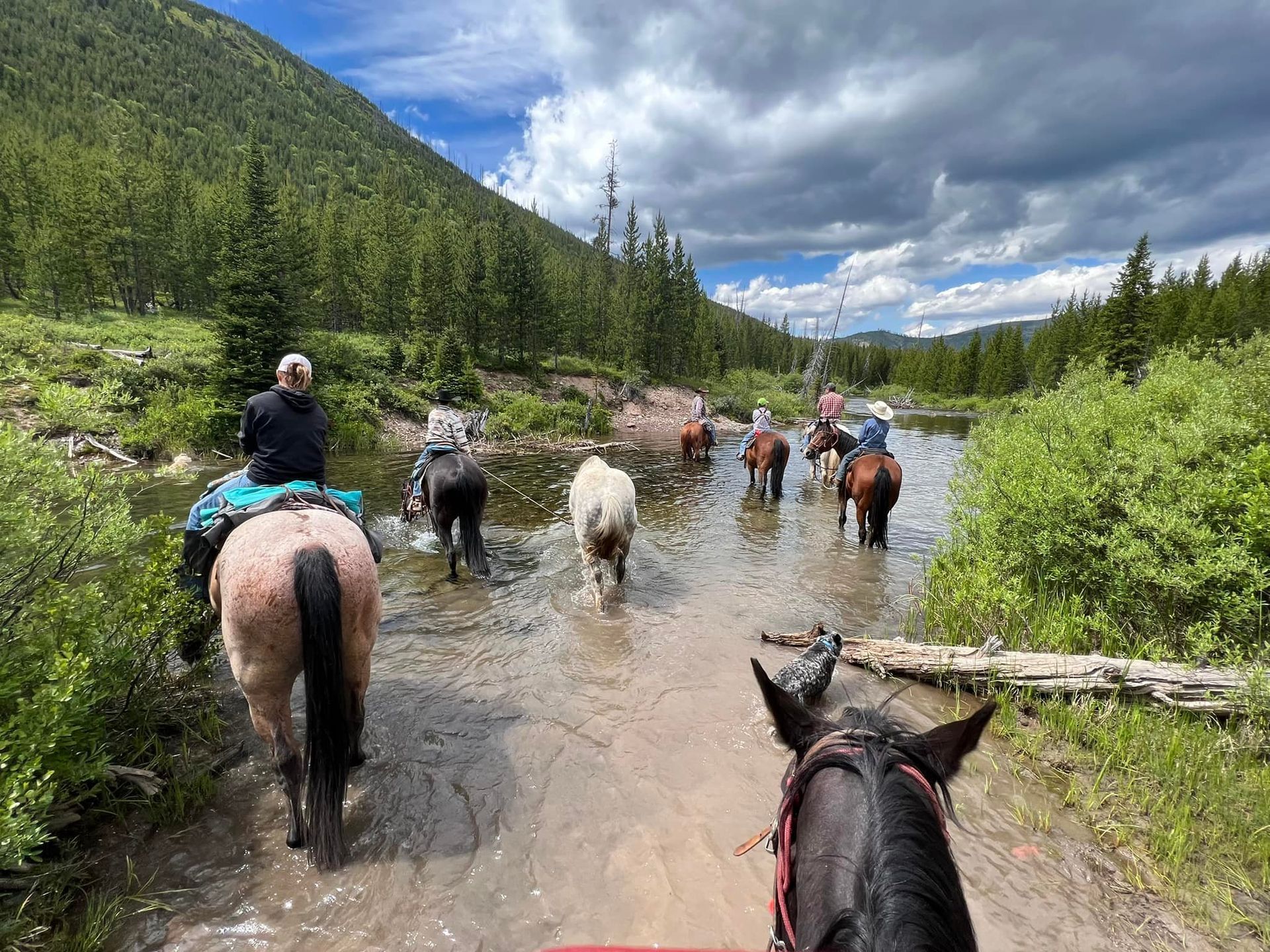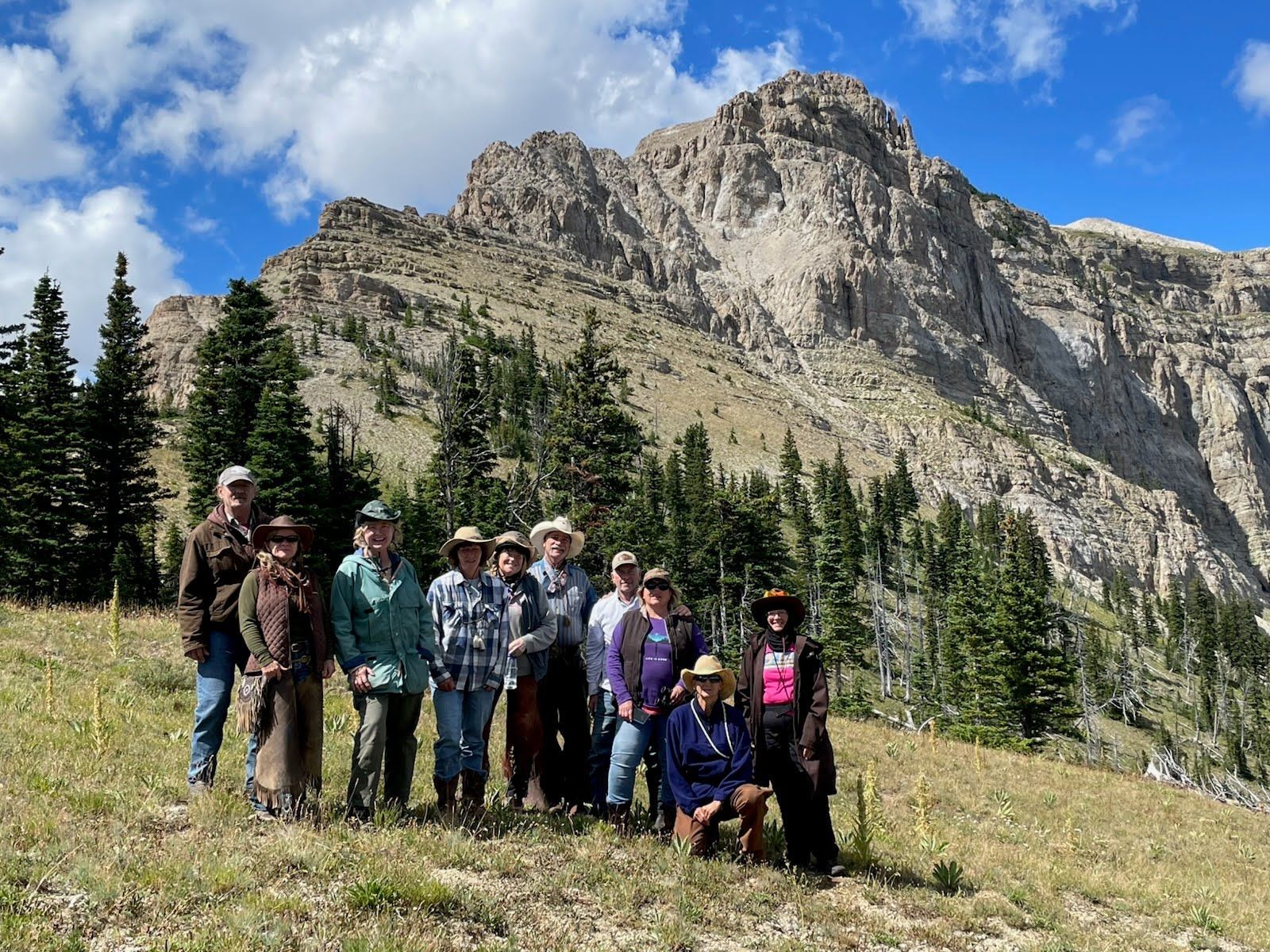How to Train Your Body and Mind for a Montana Backcountry Trip
When people picture a Montana wilderness adventure, they often imagine breathtaking views of rugged peaks, clear rivers winding through the timber, and a horse carrying them steadily along a trail that seems to go on forever. All of that is true. What people sometimes forget is that spending days in the backcountry also asks something of you. It asks your body to adjust to long hours in the saddle or on your feet, and it asks your mind to relax into a simpler, slower rhythm far removed from schedules, screens, and the comforts of home.
The good news is that you don’t need to be an elite athlete or seasoned cowboy to thrive on a trip with K Lazy 3. Our guides are here to support you, and our horses are steady, experienced partners. But preparing yourself both physically and mentally before you arrive will give you more comfort, more confidence, and more energy to soak in every bit of the wilderness experience.
Let’s start with the physical side. Long hours of riding are easier when your legs, core, and back are accustomed to a little endurance. You don’t need a strict training program, but adding a few simple habits in the weeks before your trip makes a big difference. Walking daily, especially on uneven ground or gentle hills, builds the kind of strength and balance you’ll use on the trail. If you’re used to flat sidewalks, try to find a local park with dirt paths or small inclines to challenge your balance just a bit more.
Core strength helps too. Sitting tall in the saddle, keeping your posture comfortable, and adjusting to the horse’s movement all rely on your core. Simple exercises like planks or even sitting on an exercise ball while reading or watching TV can make your muscles more responsive. Stretching your hips and lower back before and after walks will keep you flexible, which is key when you’re climbing on and off a horse or swinging your leg over the saddle multiple times a day.
If you’re planning on doing a pack trip where you’ll be on the move each day, stamina becomes even more important. Think of it less as training for a marathon and more as preparing for long, steady days of activity. Riding itself doesn’t feel like a workout in the traditional sense, but after several days your body knows you’ve been active. A few bike rides, light jogs, or extended hikes in the weeks leading up to your trip will help condition your endurance so that by day four or five, you’re still enjoying yourself rather than feeling worn down.
Now let’s talk about the mental side, which is just as important. Stepping into the backcountry means leaving behind the rush of daily life. For many people, that’s the best part, but it can also feel unfamiliar. You won’t be checking your phone every few minutes. You won’t have a coffee shop down the road or a quick drive home when the weather turns. You will be immersed in nature, dependent on your guides and your group, and carried forward by the rhythm of the trail.
Training your mind for that shift starts with simple practice. Spend some time outdoors without distractions. Leave your phone in your pocket, sit by a local lake or in your backyard, and just listen. Notice how your body feels when you let yourself slow down. Practice being present rather than always moving on to the next task. That practice translates directly to the wilderness, where stillness is one of the greatest gifts.
It also helps to prepare yourself for moments of discomfort. Wilderness travel is beautiful, but it isn’t always easy. You might wake up to rain tapping on your tent or ride through a gusty afternoon. Horses might get a little muddy, boots might too, and meals are hearty but simple compared to what you’re used to at home. If you enter the trip expecting a five-star hotel, you’ll miss the magic. If you arrive ready to embrace the adventure, every challenge feels like part of the story.
One way to build that mindset is to think of your trip as unplugged time. It’s a reset button for your brain. You’ll trade constant noise for the sound of wind through the trees, the shuffle of hooves on a trail, and the laughter of campfire conversations. Preparing your mind is less about toughing it out and more about welcoming the chance to live simply for a while. That shift often becomes people’s favorite part of the experience.
We also recommend having honest conversations with yourself or your group before you come. Ask what excites you and what makes you nervous. Maybe you’re worried about riding since you’ve never been on a horse. Maybe you wonder how you’ll sleep in a tent for a week. Bringing those thoughts to the surface before the trip makes it easier to address them once you’re here. Our guides have seen every kind of concern, and part of our job is to help you feel comfortable and confident.
Of course, not all preparation can happen on your own. That’s where we come in. At K Lazy 3 Summer Adventures, we provide detailed packing lists so you know exactly what to bring and what not to worry about. We match riders with horses that suit their personality and experience level. We explain how to sit comfortably, how to hold the reins, and how to trust your horse on the trail. We also pace the trip so that you ease into the rhythm, giving your body and mind time to adjust.
Think of training as a way to give yourself a head start. By walking more, stretching a little, practicing presence, and shifting your mindset toward simplicity, you’ll step into the backcountry ready to enjoy every sunrise, every ride, and every story shared under the stars.
So if you’ve been dreaming about Montana’s wilderness but wondering if you’re ready, the answer is yes. With a bit of preparation and the support of experienced guides, you’ll not only handle the adventure, you’ll thrive in it. The wilderness isn’t reserved for experts. It’s meant for anyone willing to step into it with open eyes and an open heart.
If you’d like to talk more about what kind of preparation makes sense for you, or if you have specific questions about physical ability, reach out to us. We’ve guided first-timers, families, and seasoned adventurers alike, and we can help you choose the trip that fits your comfort level. Your Montana backcountry experience should be unforgettable for the right reasons, and we’re here to make sure it is.
The mountains, rivers, and trails are waiting. With a little preparation, you’ll be ready to meet them head-on.
